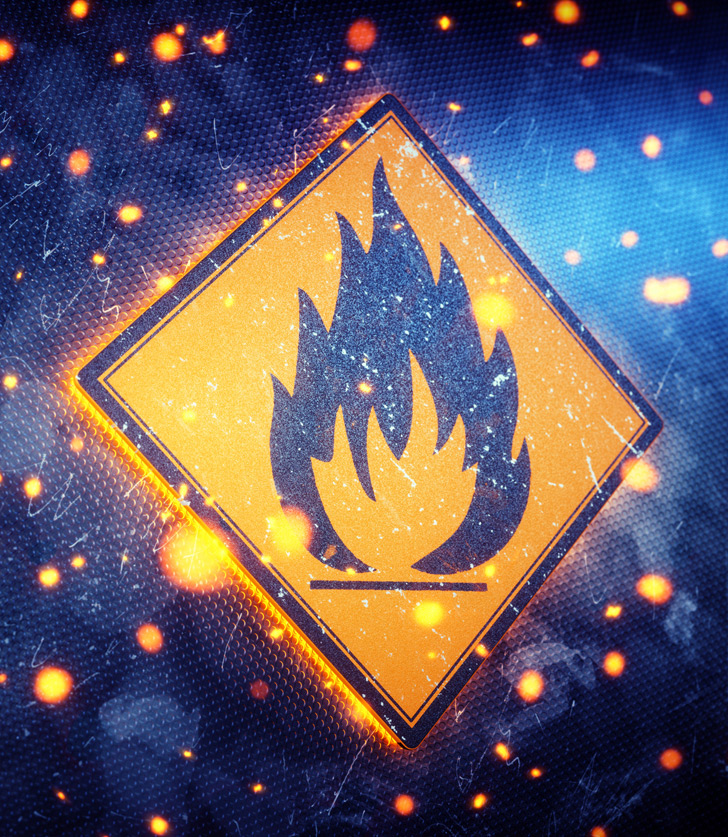

Toxic exposure in the workplace can take many forms.
Some toxic substances are chemicals that can get on workers’ hands or other parts of the body. Other hazards of this nature may be inhaled, as may be the case with asbestos fibers and toxic fumes.
If it’s known that toxic exposure has occurred, seeking immediate medical attention is critical to reduce the risk of long-term damage to the skin or internal structures.
What Causes Toxic Exposure?
Workers may be exposed to toxins, poisons, and chemicals in many ways. In some cases, the exposure comes from materials within working environments, such as older buildings where construction or renovation work may be going on. Other times, employees may be exposed to toxins during manufacturing processes if they aren’t wearing proper protective gear or masks that can sufficiently prevent inhalation. There’s also the possibility of accidental exposure from spills or the unintended release of toxic fumes.
Possible Symptoms
If the skin is affected, symptoms of toxic exposure may include a noticeable skin rash, blistering, chemical burns, or unexplained skin irritation. Pain, general weakness, tingling, or numbness may be experienced if the nervous system is affected. If the exposure is airborne, symptoms may include:
- Dizziness, headaches, or lightheadedness
- Difficulty breathing
- Unexplained respiratory ailments
- Chest pains
- Fits of coughing
How is a Diagnosis Made?
With skin irritations or chemical burns, a physical exam is usually how a diagnosis is made. Toxic exposure victims may also have blood and urine tests to look for toxins that may be within the body. Image tests may not be necessary with all types of exposure-related reactions or symptoms. But scans of the lungs may be done if respiratory damage is suspected.


If the nervous system may be affected by exposure toxic substances, a nerve conduction velocity test or neurological exam is often recommended. Some patients also have an electromyography to evaluate the health of muscles and nerves. If toxic exposure occurred over a long period of time without detection until symptoms became apparent, tissue biopsies from affected areas may be taken and evaluated to look for abnormal cells.
Treatment Options
Over-the-counter pain medication or topical creams may be recommended for the treatment and management of toxic exposure involving nerves or the skin. Prescription drugs may be necessary if nerve-related pain is severe or interrupting sleep. If toxic exposure resulted in skin burns, the wound is usually flushed and covered with dressing. Medication may also help manage respiratory issues related to toxic exposure. Physical therapy is sometimes recommended if exposure contributed to muscle or nerve damage. Surgery might become necessary if there is a need to remove cancerous tissues that developed as a result of toxic exposure.
In a work setting, the risk of toxic exposure may be minimized with employee training and efforts to adhere to OSHA regulations about the toxic hazards in the workplace. For times when there is accidental exposure, having a clear plan in place to deal with such emergencies could save valuable time and reduce the severity of health problems that may affect anyone exposed to harmful or toxic substances.
